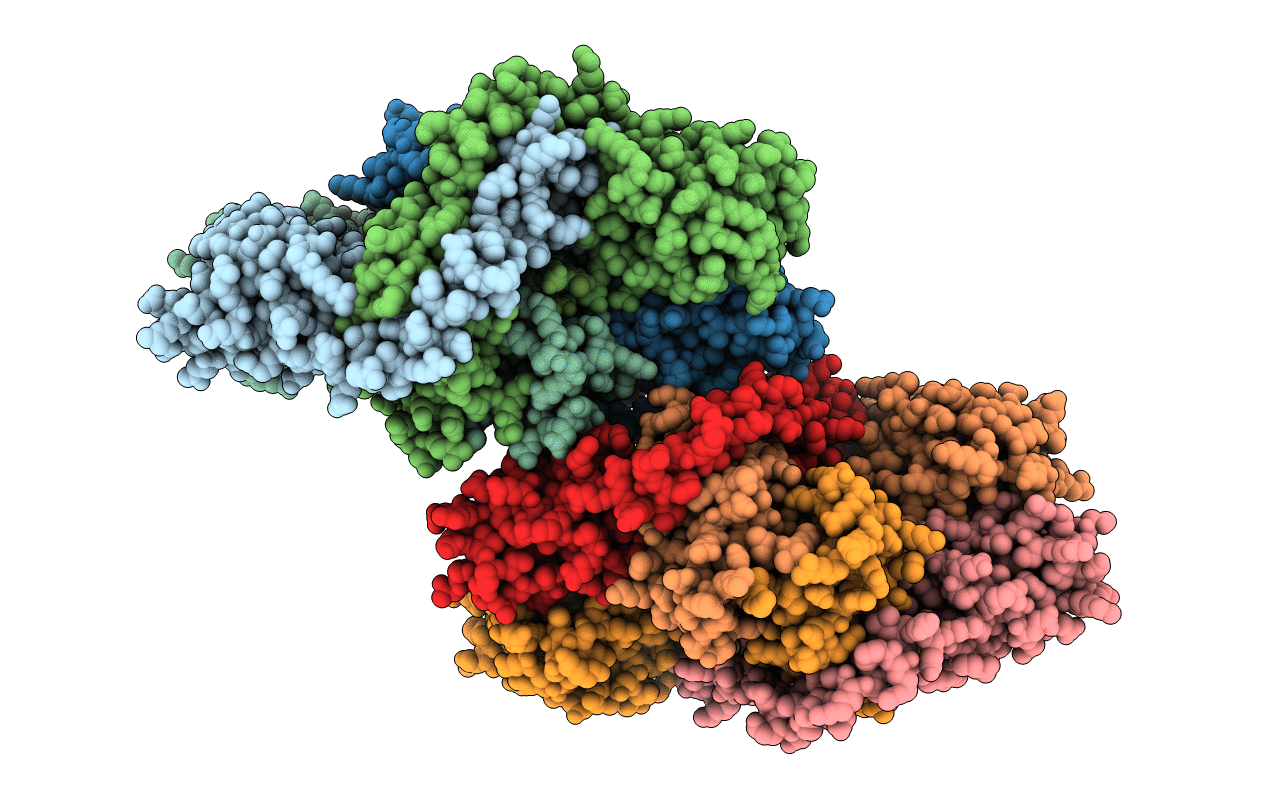
Deposition Date
2014-03-07
Release Date
2014-04-30
Last Version Date
2023-09-20
Entry Detail
PDB ID:
4PSO
Keywords:
Title:
Crystal structure of apeThermo-DBP-RP2 bound to ssDNA dT10
Biological Source:
Source Organism:
Aeropyrum pernix (Taxon ID: 272557)
Host Organism:
Method Details:
Experimental Method:
Resolution:
2.90 Å
R-Value Free:
0.30
R-Value Work:
0.26
R-Value Observed:
0.26
Space Group:
P 21 21 21


